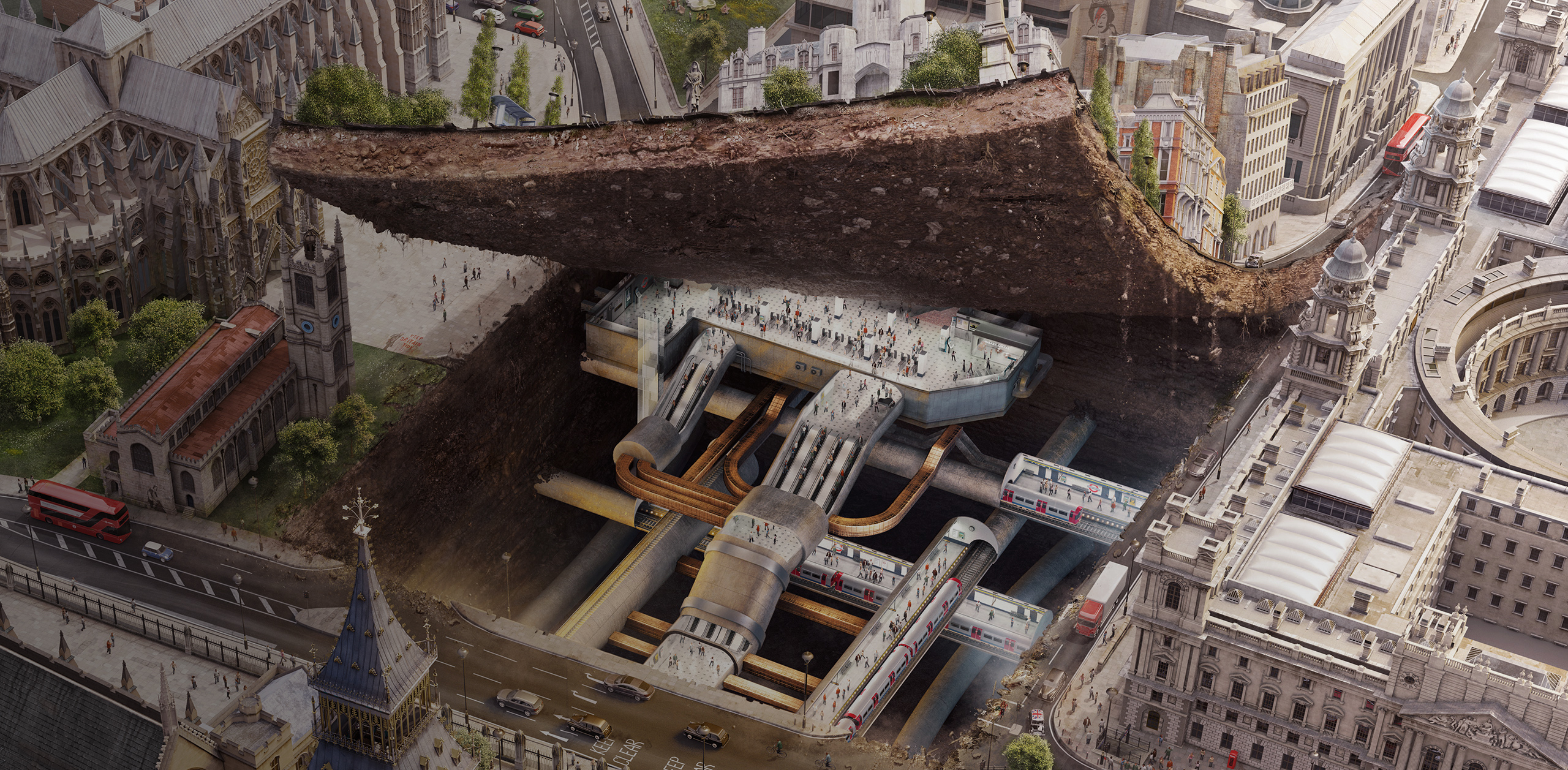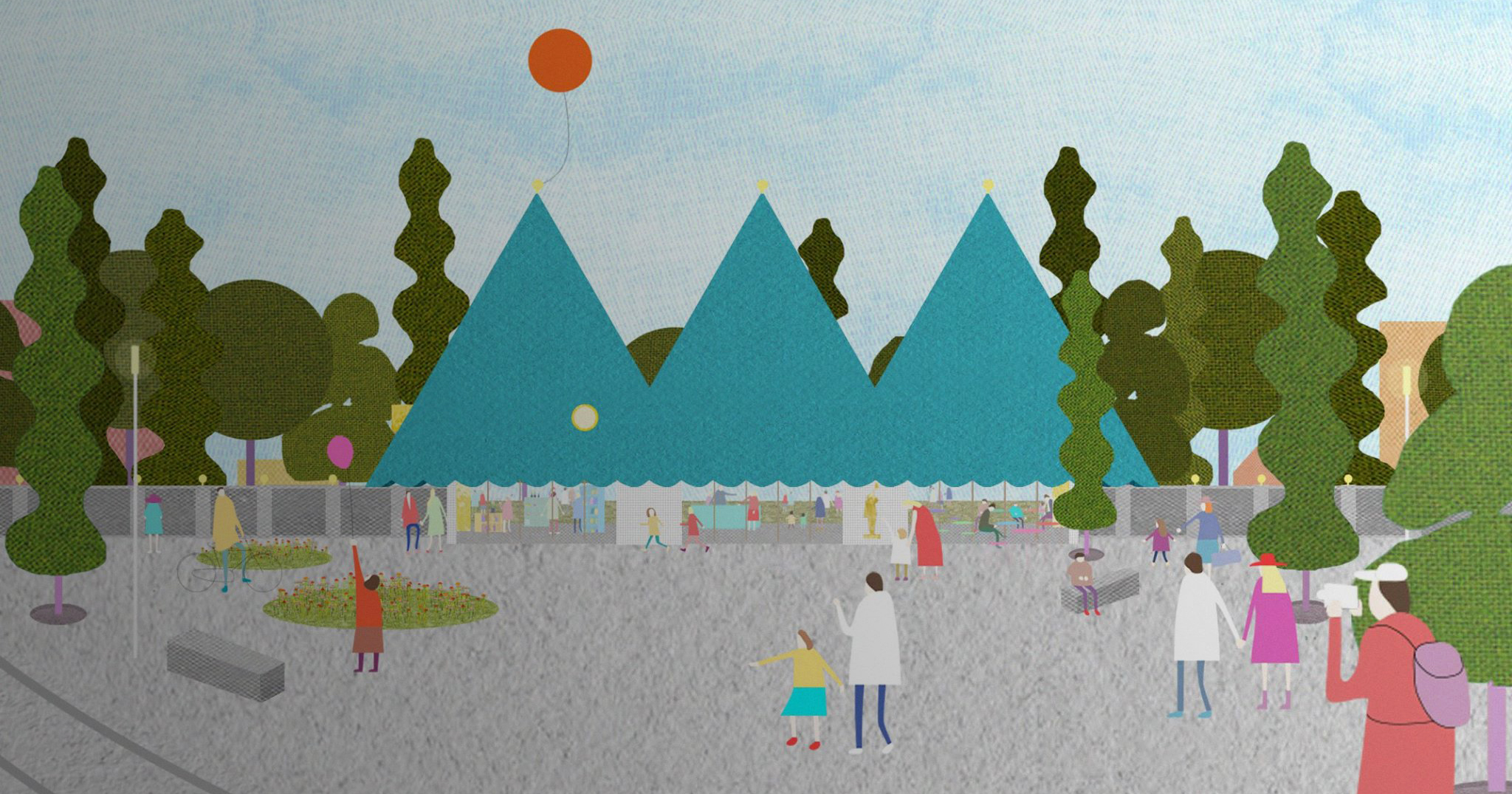Browse the Architizer Jobs Board and apply for architecture and design positions at some of the world’s best firms. Click here to sign up for our Jobs Newsletter.
Ahead of the d2 Conferences, we caught up with Jeff Mottle — visualization evangelist and founder of CGarchitect — to get his take on the state of the industry and exciting new developments transforming the field of architectural representation. Mottle’s unique background, encompassing architectural design, visualization and business development, makes him a leading authority on all things ArchViz.
CGarchitect went live 15 years ago and has since evolved into a go-to source of information on architectural visualization and a community platform with over 80,000 forum members and 1.3 million unique visitors per year. It is hard to imagine anyone whose work relates to architectural representation not having posted a comment on the forum, read a tutorial, gotten inspired by the huge gallery of images or looked for a gig in CGarchitect’s jobs section. In addition to running the website, Mottle speaks at events around the globe.
He spends a lot time of traveling, but if you are near Vienna this August, you can catch him at the Metropol Theater during the d2 Conferences, one of the largest gatherings of architectural visualization artists in the world. Read on for Mottle’s take on the ArchViz business, emerging technologies and the future of rendering.
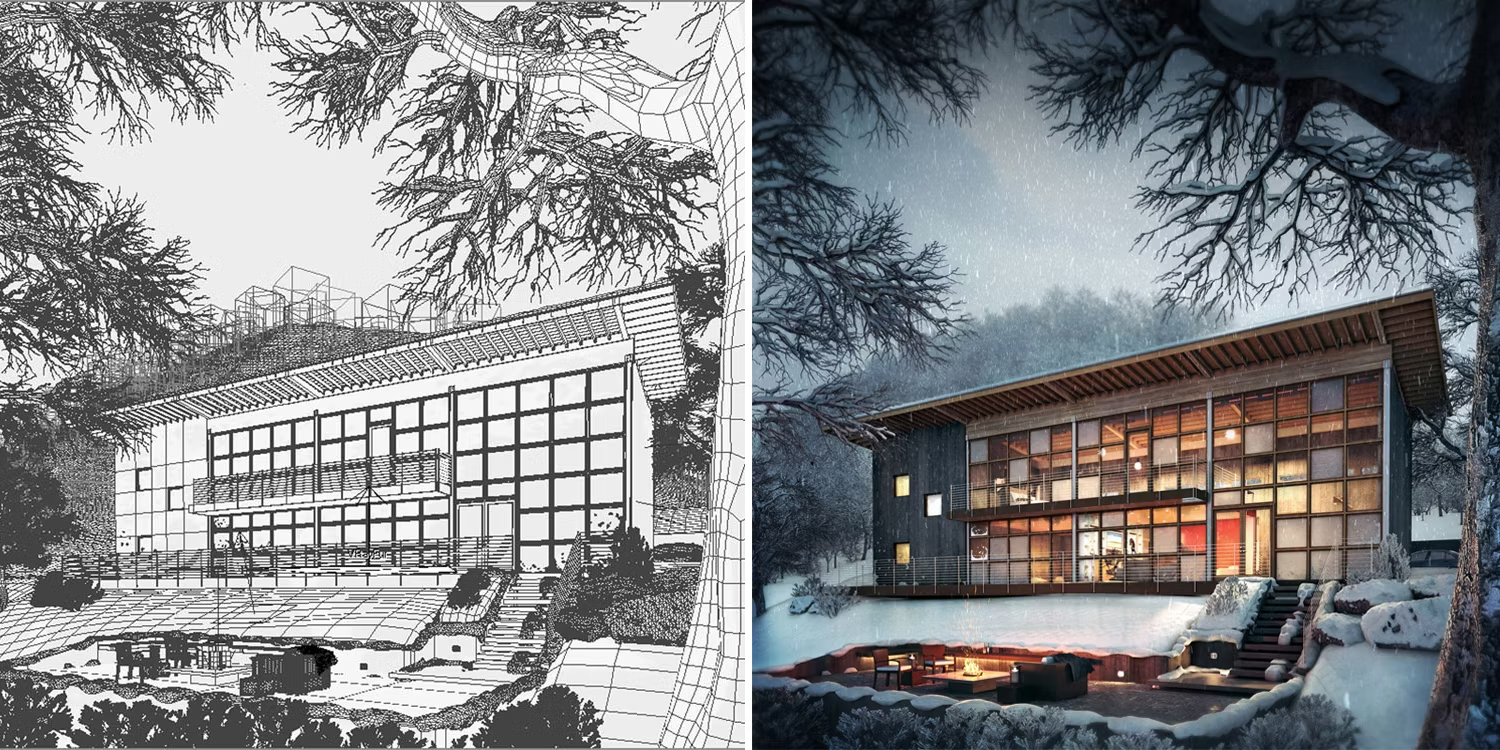
“Snowy Night” by Adam Zollinger, as featured on CGarchitect; to find out how Zollinger went from the base model (left) to the finished rendering (right), click here.
Lidija Grozdanic: Before starting CGarchitect you worked as an architect, 3D artist as well as a business development manager. What prompted these changes in direction?
Jeff Mottle: I started doing visualization professionally around 1993 and worked in a number of production roles until 2005. I tend to get bored pretty easily and, even when I was in production, often found myself seeking out new and exciting things to implement and work on. I think I’m more entrepreneur than artist, at heart. My move to the business side of the industry was a logical progression, and my previous production experience helped shape what I do today.
To be honest, I’ve always been a bit more interested in the business and organizational side of the industry, especially transformative technologies, much more than slaving away in a 3D application. I have a huge amount of respect for those who after decades in the business are still doing this, but it just wasn’t for me long term. Thus, I find myself now in a full-time evangelist role for the industry. I get a huge amount of satisfaction doing that.
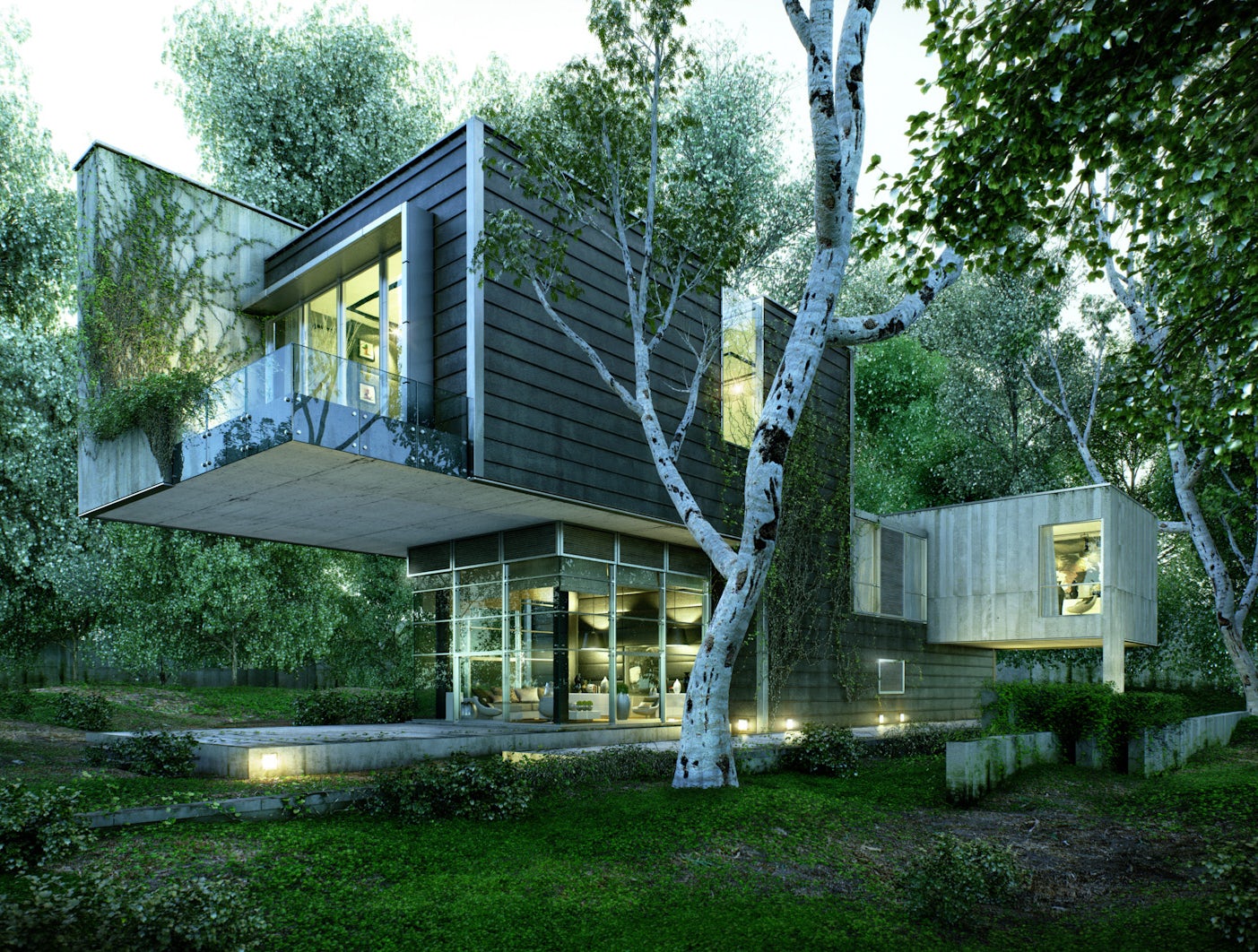
Architectural visualization by Karim Mousa, nominee for a 2010 3D Award on CGarchitect; image via CGarchitect
As someone experienced in both the production and the business side of ArchViz, what would you say are the biggest mistakes ArchViz startups make?
Probably not understanding the industry and not placing enough value on what they do. I guess this is not too surprising given many people in this field are artists and not businesspeople. I see many people enter the field because they have a passion for architecture and 3D but don’t spend the time to understand their role in the design process and how they bring value to the customer.
The most successful companies in our field do not sell a commodity, but a relationship-based service and a strong understanding of real estate marketing and the design process. I also see many new people in the industry competing solely on price and at a price that shows little understanding of sustainable business. This goes back to the understanding of the role and value they offer, but if you think about what you do like a new pair of running shoes and not a value-added service, you tend to focus on the wrong things to stay the course long term in this industry.

“Arts and Crafts” by Diego Querol, winner of a 2016 3D Award on CGarchitect; left: VrayExtraTexAO work-in-progress image; right: the finished rendering; images via Ronen Bekerman and CGarchitect
A significant number of visualization companies are self-described as multimedia or communications agencies. It seems ArchViz artists are trying to diversify. What are your thoughts on this trend?
As a visualization company I think there are really two paths you can follow in this industry. You can either focus solely on visuals, whether that be films or still imagery, or you can expand the focus to become more of a communications agency specializing in architectural marketing. I think you can succeed equally in both, but the larger and more mature companies tend to evolve into agencies.
It’s more profitable, the diversification allows you to weather the ups and downs more easily and I think it’s a lot more interesting when you can be involved at a much higher level throughout the design and marketing process. Those who opt to specialize only on the visualizations, and last long term, tend to have a high degree of artistic prowess and a very unique emotive style. Of course this is not a hard and fast rule, but tends to hold true more often than not.
The making of “Just As Mega Beneath” by Radoslav Zilinsky, winner of a 2016 3D Award on CGarchitect.
CGarchitect brings together talented ArchViz artists from around the world. Have you noticed a difference between different geographical areas — Europe and the U.S. in particular — in terms of client-artist relation and rendering style?
There are certain parts of the design and visualization process that do differ geographically, but I would not say it’s widespread. Some quick examples would be the predominance of BIM in North America and less so in Europe currently and things like Certified views in the U.K., but not in the U.S. I think there is more of a distinction in rendering styles geographically than there is on the client-artist side.
European imagery for example tends to be more sophisticated and refined, while North American imagery is more practical and literal. Chinese film work tends to be incredibly over the top, almost Hollywood blockbuster style. Each continent has its own unique flavor. I’ve often wondered what influences these styles and how much of it is self-referential versus something within the culture of a specific country. It is perhaps something I will look further into one day.
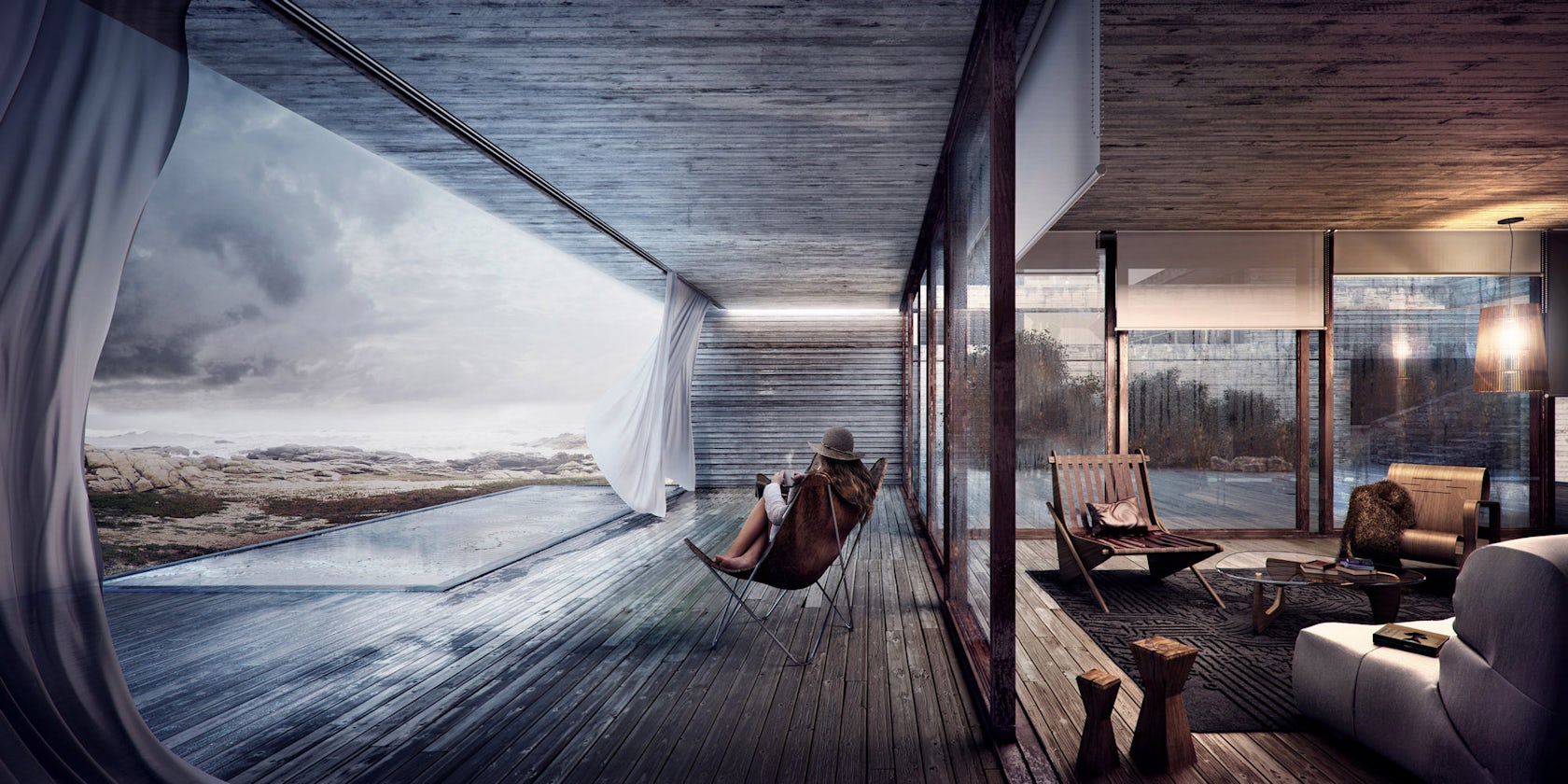
NOTOS by NOTOS, nominee for a 2012 3D Award on CGarchitect; image via CGarchitect
GPU rendering promises to revolutionize architectural visualization, but it still hasn’t hit the mainstream. Most ArchViz companies still rely on CPU-based render farms. What is your take on the issue?
Yes, I will be the first to admit I was one of the people who fell into this trap. I remember seeing the first demo of GPU rendering before it really started to go mainstream, and my first thought was this is going to change everything. Specifically what the “purported” speed increases would mean to our business.
I think the claims made by the GPU manufacturers were specific to a very small number of use cases, namely product design and automotive. When it came to architecture, the speed gains were just not there, at least not without throwing a ridiculous amount of money at the problem. Ultimately the price-to-performance ratio was not and is still not there for architecture, and as a result there are VERY few companies that use GPU exclusively in final frame rendering.
That all having been said, I do still strongly believe that we are headed in a direction where we get the same net result, specifically real-time rendering. Whether that takes shape on the CPU, GPU, the cloud or a hybrid of all of those I think is less interesting than the outcome. Within the foreseeable future, I think it’s reasonable to expect we will see the concept of “rendering” go away. In its place we’ll have virtual photography. The democratization of rendering will be very interesting.
I liken it to how digital transformed the film-photography industry. I think once we rid ourselves of the type of rendering engines we have today, which require a technical expertise that is completely antithetical to the design process, we’ll see far more people able to use visualization at every step of the process and in much more powerful ways. I don’t think this means our field is doomed by any stretch of the imagination, but it will evolve.
Spiderware’s comparison of CPU and GPU renderings indicates a big speed difference — but Mottle believes the impact it can have on the ArchViz industry is limited for now. Having trouble viewing the video? Click here.
What about cloud computing?
Like GPU, I don’t think this is necessarily THE solution, but it’s certainly one of them. There are so many possibilities here, from virtualized browser-based applications, cloud rendering, virtual desktops, licensing systems, etc. The power of the cloud from a rendering perspective is really that you can spin up as much power as you need, technically, when you need it.
If you’re not rendering massive projects all the time, I think many people would find that the money they are spending for large uber-powerful rendering machines are often being wasted. If you are checking email, modeling, doing post production, etc., most of those do not require that kind of horsepower and on a cost-per-hour basis [are] not very efficient. Every company is different, so I think as cloud evolves and the prices come down, and the pricing models change, they will become much more relevant in our field.

SketchUp viewed through Google Cardboard VR; via sketchUcation
Virtual Reality seems to be the latest buzzword across several industries. How relevant do you think VR can be to architects?
I think very relevant. A survey we just posted points to what I’ve been seeing over the last several years, and that is a huge opportunity. I’ve been doing this now for over 20 years, and I can honestly say I have never seen anything with this much hype gain the kind of traction and adoption as VR has in our industry over the last year. I’ve seen plenty of new technologies that were hype, but not this kind of widespread adoption and excitement.
I don’t think we’re going to be replacing imagery and films, but VR adds an entire new level to the visualization and experience of design. Sadly, our industry is not the main driver of this technology, so we are at the mercy of consumer adoption and how well the gaming industry succeeds. In order for the hardware developers to stay the course, we’re going to need to see far more adoption over the next few years [than] we have now. Consoles that have cost far less and had far more adoption have failed, so I don’t think we’re quite out of the woods. Price right now is I think the largest issue. I do truly hope this time VR does succeed because the use cases are incredibly powerful in architecture.

Mottle’s survey reveals the increasing usage of VR among architects and the brands they are opting for; via CGarchitect
Do you see VR develop toward visual fidelity or interactivity through commercialization?
I think both need to happen in architecture. While the power of VR is at its core the immersion and sense of scale, ultimately visual fidelity will be important. Just as it was in rendering when photorealistic rendering started to come about. The interactivity is what brings the value. If our only use of VR is to use it as a static viewer, I think we’re missing out on a huge opportunity and will not succeed long term within our field.
What role do you think experts/professional designers/engineers will play in the future of VR?
I think the consumer space for the foreseeable future will play a much more significant role than professionals in the future of VR. While it’s the experts/professional designers/engineers that have the expertise to create the content for VR in architecture, someone needs to support the hardware companies and that’s still the consumer space. For now most of the engines driving VR come from the gaming industry, so there is still a huge amount of expertise required to create content which is where the business opportunity exists in our field. We’re starting to see new tools develop that are more friendly to the design process, but it’s still very early days. I think it will be two to three years before we even see if VR sticks around. Exciting times ahead!

“Metallum City – Giants in the Dust” by Tamas Medve, featured on CGarchitect; to find out how Medve went from the base model (left) to the finished rendering (right), click here.
How do you see architectural representation evolving in the next few decades?
Aside from new technologies that allow us to visualize architecture in new and exciting ways, I think the core business of visualization has pretty much plateaued. The quality-increases are nearly imperceptible, so now it’s all about workflow and speed. As I mentioned earlier I think the big change will come in the democratization of rendering. This will allow far more people to use visualization without the technical experience.
What business advice would you give to those looking to break into ArchViz?
Right now our industry is still a very technical one, and many people have built businesses on the fact [that] they are masters of software ‘X.’ The most successful companies currently are those who have mastered both the technical and the artistic side, but I would pose this question to everyone: When the technologies and workflows evolve to a point where we have “virtual photography” (read: real-time rendering) and the technical skills required are insignificant, how does this change your business model? For some this will allow them to do what they do best, be artists. For others, I fear this might be their undoing in the industry if they don’t evolve. These changes are coming sooner than later.
Browse the Architizer Jobs Board and apply for architecture and design positions at some of the world’s best firms. Click here to sign up for our Jobs Newsletter.
